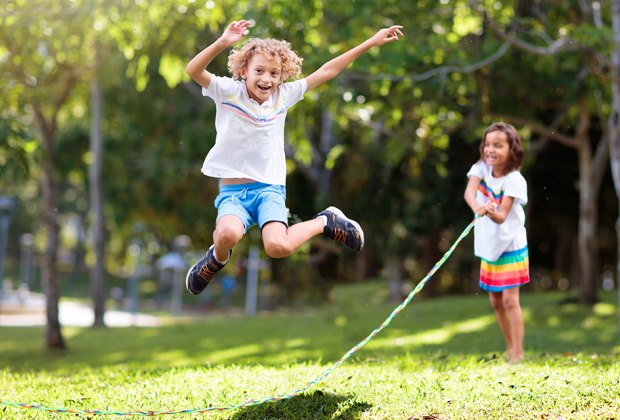Outdoor games are not just for fun; they combine critical learning with physical activity, making them an excellent tool for teachers and parents. This article explores how educational outdoor play can enrich children’s learning experiences and promote their overall development.
Benefits of outdoor sports
Educational outdoor play has many advantages. They improve physical health by promoting active play and exercise. They also promote mental health, as outdoor activities can reduce stress and improve mood. Furthermore, these games encourage the development of social skills through teamwork and communication.
Types of educational outdoor games
Educational outdoor games can be divided into memory games, strategy games and physical games. Each game has different educational purposes and is suitable for different age groups.
memory based games
Scavenger hunts and nature bingo encourage children to remember and identify different objects and symbols, improving their memory skills and attention to detail.
strategy game
Strategy games such as outdoor chess and treasure maps require planning and problem solving, where children learn to think ahead and develop tactical skills.
physical games
Physical games such as obstacle courses and relay races involve educational tasks that promote physical fitness while ensuring children learn and retain information.
How to implement educational games in different environments
Whether at school, a community center or at home, educational outdoor games can be played to increase learning and engagement.
school environment
Incorporating these games into physical education classes or extracurricular activities can make learning more dynamic and fun for students.
community center
Community centers can offer weekend workshops or summer camps that focus on educational outdoor play, which is a valuable tool for children after school.
At home
At home, parents can organize family play days or neighborhood challenges to make learning fun and easy in a familiar environment.
Games for different ages
The key to a successful educational game is to adapt it to the developmental stage of the child playing the game.
toddler
Simple combination games or simple obstacle courses are ideal for preschoolers because they match their learning and physical skills.
primary
Primary school students can participate in more complex treasure hunts and educational exercises that challenge their developmental skills.
teenager
For teens, games like advanced orienteering and problem-solving challenges are particularly useful because they tap into their higher cognitive and physical skills.
Tools and aids for educational outdoor play
The list of basic materials for these games includes items such as cones, balls, and markers. Safety comes first, so it is crucial to ensure all activities are age appropriate and safely supervised.
Measuring the impact of educational outdoor games
The impact of these games can be seen in improvements in academic performance, physical health and social skills. Tools that measure these aspects can help teachers and parents understand the benefits more concretely.
finally
Educational outdoor play is a versatile and effective way to improve learning through play. By incorporating these activities into an educational environment, children can enjoy a more well-rounded developmental experience.
Frequently Asked Questions
What are some quick-to-set-up educational outdoor games?
Quick setup games include tagging questions, math hopscotch, or simple nature bingo.
How does playing outside promote learning?
Outdoor play improves learning by utilizing a variety of learning styles, improving memory, concentration and problem-solving skills.
Are there cheap learning resources for outdoor games?
Many outdoor games require very few resources, such as homemade objects or natural materials from the backyard.
How do educational games adapt to different learning styles?
These games can be adapted to different learning preferences by incorporating visual, auditory and kinesthetic elements.
What safety measures should be taken when exercising outdoors?
Ensure all equipment is safe and age appropriate, closely supervise and provide a safe playing environment.

